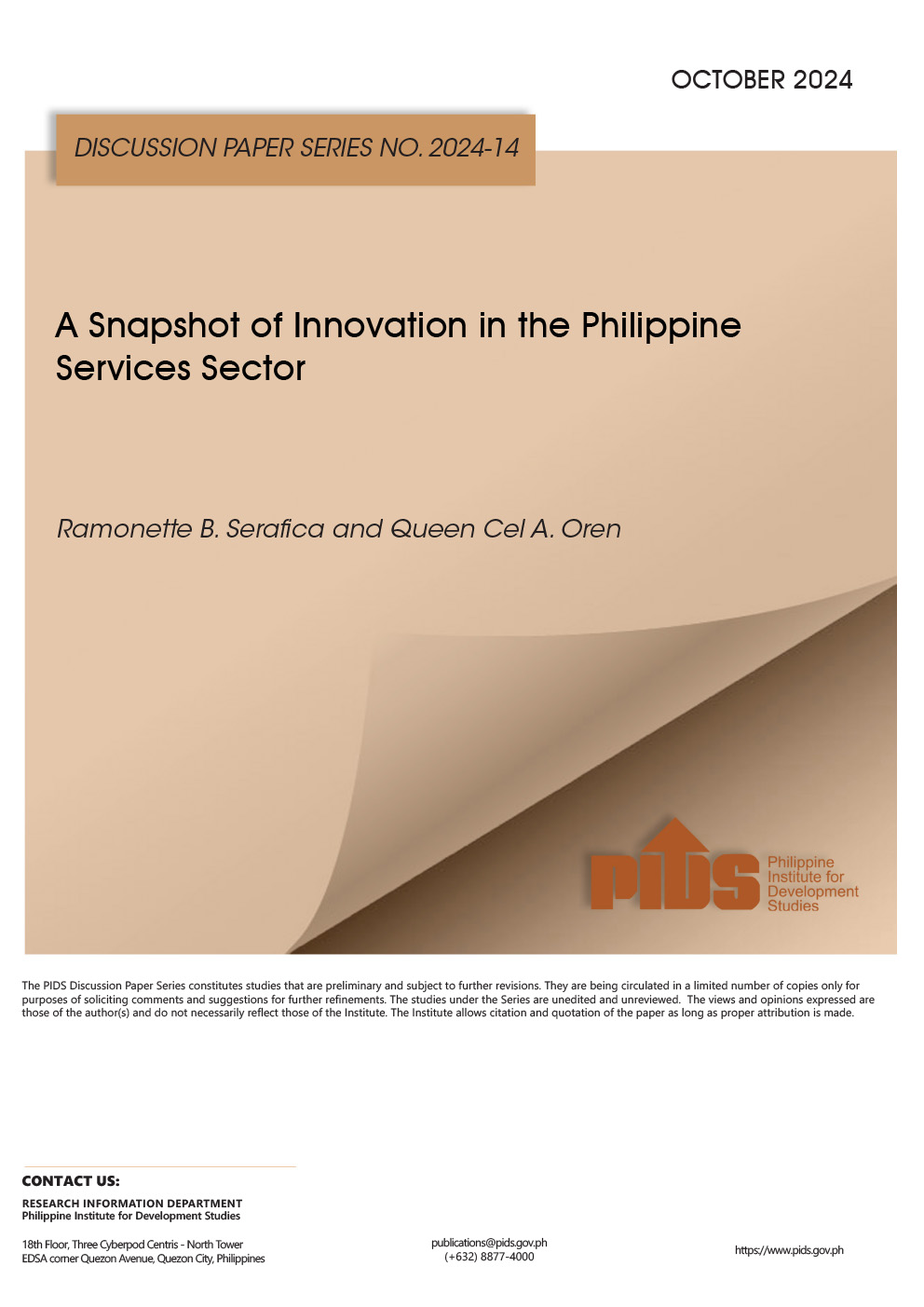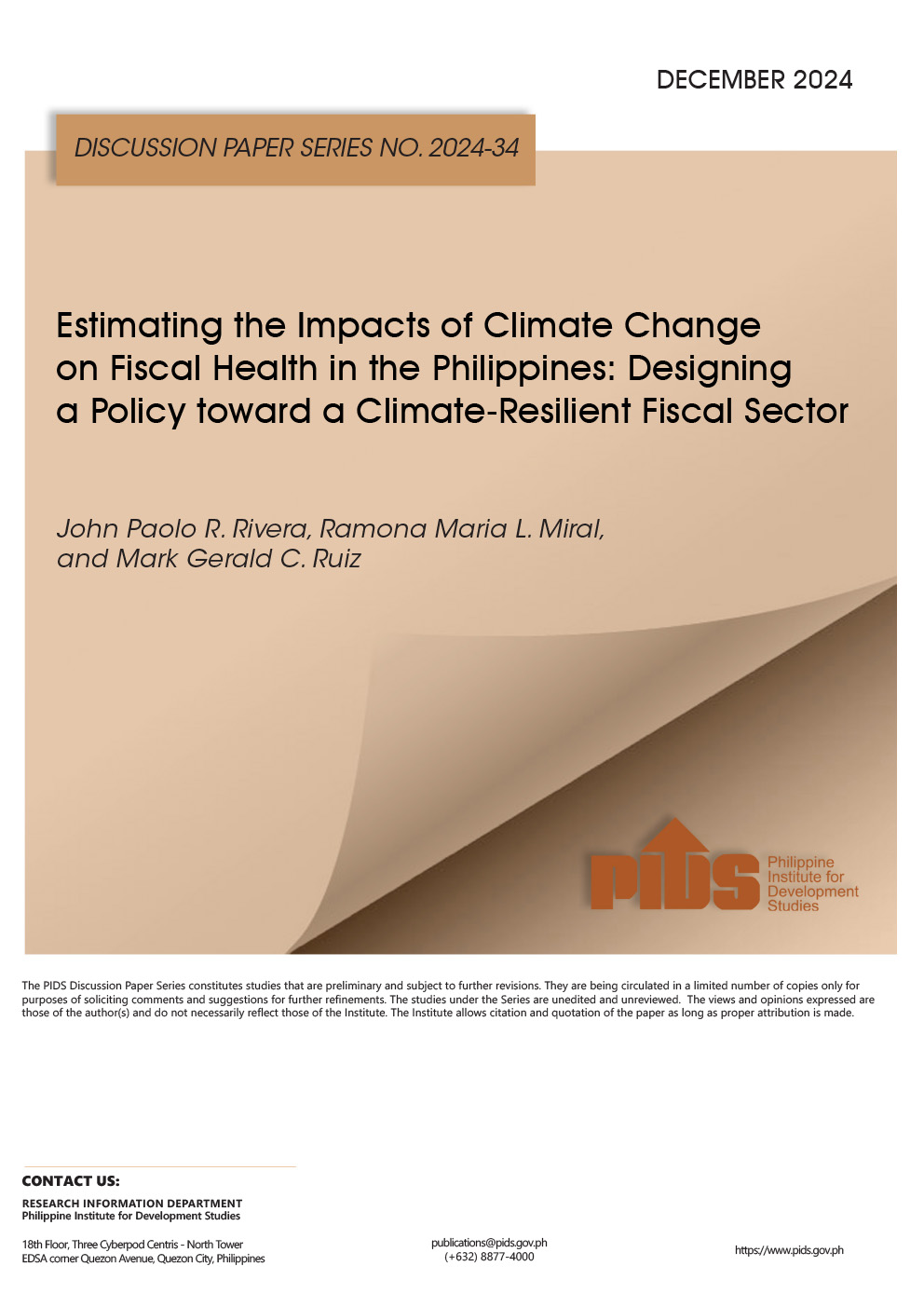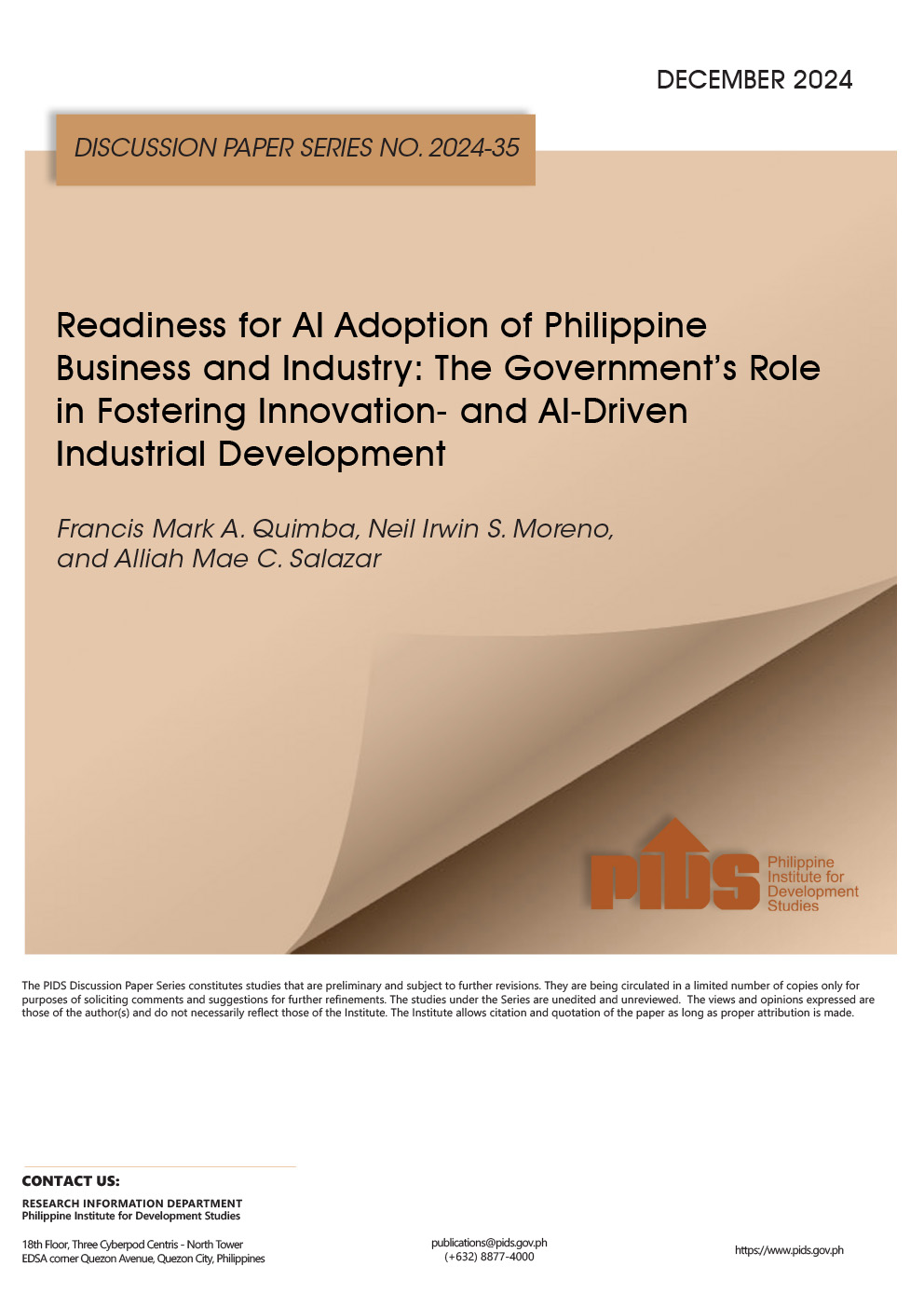MANILA, Philippines — The Philippines needs to fast track the passage of a law supporting the electric vehicles (EV) in the country to advance the barely surviving industry and meet government’s goal of increased EV usage.
Based on a Philippine Institute for Development Studies (PIDS) research paper authored by supervising research specialist Maureen Ane Rosellon, the Philippine EV industry has strong potential for growth as it has support from government and backed by the active industry players.
However, the paper cited the relatively low technology utilization, general concerns about EV infrastructure, and strong competition for investments as challenges in growing the sector.
Rosellon said there is a need to fast track or prioritize the EV bill pending in Congress to support the industry.
“An EV law will set the national policy and overall framework for regulations related to standards, incentives, infrastructure, and others. It can also signal investors that the industry is a priority sector,” she said in a virtual event last week.
Last May, the Senate approved Senate Bill 1382 or the proposed Electric Vehicles and Charging Stations Act authored by Sen. Sherwin Gatchalian.
The measure seeks to lessen the transport sector’s dependence on imported crude supply, a sustainability solution that will also be beneficial to the environment as it will have zero gas emission.
“We would still have to wait for the Congressional version,” Electric Vehicle Association of the Philippines (EVAP) president Edmund Araga said during the ASEAN Electric Vehicle Outlook last week.
Also supporting the industry is the recent issuance of the Land Transportation Office (LTO) of an administrative order which consolidated guidelines on the classification, registration and operation of all types of electric motor vehicles.
“The LTO signed much awaited AO licensing and registration of EVs. It is expected to clarify where EVS can run...and public can now be guided on their purchase decisions, also clearing the way for local manufacturing industry to plan out their strategies,” Araga said.
However, more support is needed from government in terms of incentives to the manufacturing side of the EV sector, the EVAP said.
“Strong government support is still a question. There are still some lacking support in terms of incentives. Most manufacturers are in the small, medium enterprise (SME) level (and) they have a hard time to compete with a large manufacturer who has adequate capitalization,” Araga said.
Compared to other countries, the effectiveness of their EV industry is due to incentives. An example is India, which laid down separate incentive schemes for EV startups and SMEs giving them a good opportunity to scale up, the EVAP official said.
But in the Philippines, local firms assembling EV declined to only one or two to-date, and they are barely surviving, Araga said.
In terms of EV usage, Department of Energy-Energy Utilization Management Bureau (DOE-EUMB) director Patrick Aquino said the country’s transport sector has been slow in transitioning from the use of internal combustion engine (ICE) production vehicles to EVs from 2010 to 2019.
He said there were only 11,950 EVs registered in 2019, accounting for only 0.9 percent of total registered vehicles in the country.
The number increased by 8.5 percent to 12,965 last year, based on latest LTO data cited by EVAP.
Of the total registered EVs, majority are electric tricycles (e-trikes) and two-wheeled vehicles.
The Department of Trade and Industry (DTI) estimates EVs will reach 300,000 or 21 percent share in total vehicles, largely public utility vehicles) by 2030, and will increase further to 50 percent by 2040.
“We would have to review this due to current developments, these projections have been affected by the pandemic situation,” Araga said.
Under the Philippine Energy Plan 2018-2040, EVs are expected to account for 10 percent of the total road transport vehicles, and this is projected to generate five percent aggregate savings from oil and electricity throughout the period.
Meanwhile, infrastructure is also an area of concern as charging infrastructure or technology is not catching up with the growth in production and adoption of EVs.
Araga said there are only 136 charging stations in the country.
“There is no standard minimum acceptable ratio of EV to charging points, but industry specialists suggest ratios ranging from 10 EVs to 25 EVs per charging station in the medium term. When passed and implemented effectively, the proposed EV law incentives for charging stations would help address supply concerns in this infrastructure,” Rosellon said in her research paper.
Another concern for charging infrastructure is the country’s high power rates, among the highest in Asia, as well as electricity supply problems.
To address this, the DOE has teamed up with the University of the Philippines-Diliman to look at the use of solar for charging stations.
“We have an ongoing study with UP Diliman, looking at the potential of fast charging using solar...if we can go 100 percent using fast charging, ” Aquino said.
Philippines needs to fast track passage of law on EVs












